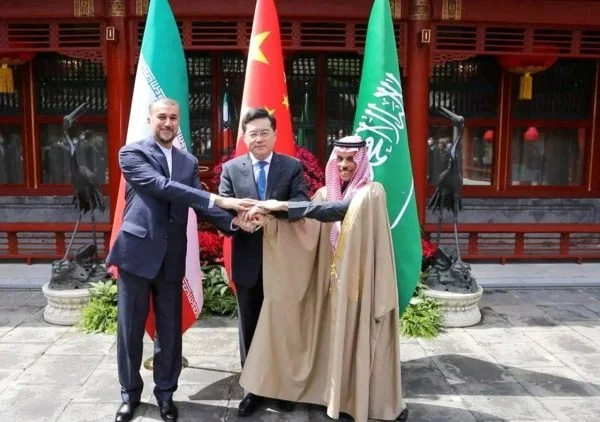Why the Saudi–Iran agreement doesn’t herald an active role for China in the Gulf
EAST ASIA FORUM
In March 2023, Iran and Saudi Arabia agreed to re-establish diplomatic relations, with China playing a role as the host of the talks. This generated considerable discussion among policymakers and the scholarly community. Some believed this indicated a new change in China’s approach to the Middle East, which has primarily focused on commercial relations.
But the assumption that China is about to take on a more prominent and active role as a conflict mediator in the Gulf region is overstated. Although Beijing hosted the talks that led to the agreement, much of the substantive work had been done earlier, primarily by Iraq and Oman. China’s late involvement was also enabled because the United States does not have relations with Iran, making it difficult for the United States to broker a deal.
China’s participation was like its earlier efforts at regional conflict management. Between 2004–07 it tried to bridge the gap between the international community and the Sudanese regime during the Darfur crisis. Beijing then did something similar in 2013–15 between the West and Iran over the Iranian nuclear program, culminating in the Joint Comprehensive Plan of Action. In both cases, Chinese involvement was helped by a pre-established framework of dialogue and the willingness of each side to involve Beijing.
Discussion since the Saudi–Iran agreement has moved on to how China might guarantee relations between the two rivals. This makes too much of the agreement, which was limited to restarting diplomatic ties. Even if China had the will, it lacks the capacity to impose itself on the two signatories, not least because several grievances persist between them. They include Iran’s creeping nuclear militarisation and their contrary stances over the civil war in Yemen — though there are signs that the two sides may be starting to find some common ground.
…
FOR THE REST OF THE ARTICLE, CLICK HERE.
